Results 2,141 to 2,150 of 12091
Thread: Anandtech News
-
08-29-12, 07:30 AM #2141
Anandtech: Samsung Introduces 64GB UHS-I microSD and SD Cards
Samsung has just announced two new memory cards, both capable of storing 64GB of data. One is a full sized SD card, suitable for devices such as cameras and camcorders, while the other is a microSD card, perfect for use inside a smartphone or tablet. Said cards are UHS-I certified, with the full sized card being able to deliver 80MB/second read speeds and 40MB/second write speeds. The smaller microSD card is said to deliver 70MB/second read speeds and 20MB/second write speeds.
Both cards use 20 nanometer 64 gigbit NAND chips and they're expected to hit the market in October. Pricing information hasn't been announced, though it's safe to say that they're not going to be cheap.
[Via: Engadet]

More...
-
08-29-12, 08:30 AM #2142
Anandtech: ASUS' Vivo Tab & Vivo Tab RT: Windows 8/RT Tablets Renamed
At Computex this year ASUS unveiled its Windows 8 and RT tablets in a surprisingly mature state. At their introduction ASUS simply named them the Tablet 810 and Tablet 600. Today, they are getting official branding. Meet the Vivo Tab and Vivo Tab RT.
The Vivo is the old Tablet 810, based on Intel's 32nm Clover Trail Atom platform. ASUS/Intel aren't discussing clock speeds yet, but the SoC is paired with 2GB of memory and an on-board 64MB eMMC device for storage.
The tablet features an 11.6-inch Super IPS+ display with a 1366 x 768 resolution. The capacitive touchscreen is aided by a Wacom digitizer stylus for hopefully natural pen input. The Vivo Tab weighs 675g and is only 8.7mm thick. You also get built in NFC, an 8MP rear camera and a 2MP front facing camera. 
The Vivo Tab RT is the Tablet 600, an ARM based Windows RT tablet using NVIDIA's Tegra 3 SoC. The dimensions drop a bit to 8.3mm thin and 520g. The display is smaller at 10.1-inches, but you still get a 1366 x 768 display resolution and a Super IPS+ panel. You get the same front/rear cameras from the Vivo Tab, and built in NFC as well. 
 
The Vivo Tab RT ships with 2GB of memory and 32GB of on-board eMMC storage. Let's hope ASUS picked a good supplier for the eMMC in these tablets, so far Samsung seems to have the best solutions out of those I've tested.
Both tablets offer an optional mobile dock with integrated keyboard, trackpad, USB ports (2 on the Vivo, 1 on the RT) and secondary battery. This is the same flexibility ASUS' Transformer Pad series enjoys in the Android world. With Windows 8/RT, the appeal of a tablet that can transform into a clamshell ultraportable notebook seems so much greater though.
There's no word on pricing or availability for either of these two tablets, but you can expect them to show up in line with the official Windows 8/RT launch on October 26.
Gallery: ASUS' Vivo Tab & Vivo Tab RT: Windows 8/RT Tablets Renamed



More...
-
08-29-12, 08:30 AM #2143
Anandtech: The ASUS Zenbook U500VZ: A 15-inch Ultrabook
Although most Ultrabooks have focused on the 11 and 13-inch form factors, today ASUS is announcing its first 15-inch Ultrabook. The Zenbook U500VZ measures 19.7mm at its thickest point. The display is the big attraction, and ASUS doesn't appear to disappoint with its 1080p 15-inch IPS panel. The larger size of the machine allows ASUS to incorporate a separate numeric keypad. The entire keyboard is backlit of course.
Since the design isn't ultra thin it loses the Prime suffix and is simply a Zenbook, despite having the upgraded display and new keyboard from the Zenbook Prime. 
Under the hood ASUS is building in a quad-core Ivy Bridge Core i7 CPU and optional NVIDIA GeForce GT 650M. Storage options are pretty flexible thanks to the system's two 2.5" drive bays. You can get two SSDs for up to 512GB of storage, or ASUS also offers a 128GB SSD + 500GB HDD option if you want speed, capacity and value. 
There are a lot of specs missing from the release but we'll add more as we get them.

More...
-
08-29-12, 08:30 AM #2144
Anandtech: ASUS' Zenbook Prime UX21A Touch: Officially Re-announced
We saw this one at Computex in June, but ASUS is reannouncing the Zenbook Prime UX21A Touch. The formula is simple: take the UX21A we loved, add a capacitive touch display and Windows 8, and you've got the UX21A Touch. 
The real question is how much the touch screen will add to the total cost of the machine. Capacitive touch assemblies don't scale linearly above 5-inch displays, I wouldn't be surprised to see a couple hundred tacked onto the price of the UX21A at least.

More...
-
08-29-12, 08:30 AM #2145
Anandtech: Motorola Mobility and Intel Schedule Press Event for September 18th
September is going to be an extraordinarily busy month for the technology industry. Nokia and Microsoft are going to hold a joint press conference on September 5th in New York City where it's widely believed that we'll see the first devices to run Windows Phone 8. On the same day Motorola Mobility and Verizon Wireless are going to show off at least one new handset. The day after that Amazon is going to host an event where we'll likely see a new Kindle Fire. Apple hasn't officially confirmed that they're going to hold an event in September, but the press believes one will take place on the 12th and that we'll see the next iPhone there.
Today Motorola Mobility is announcing yet another event, one to take place on the 18th in London. The invitation features an Intel logo, which shouldn't surprise anyone since Motorola Mobility announced that they'd make an Intel smartphone back in January at the Consumer Electronics Show in Las Vegas.
There are several Intel powered smartphones currently on the market. We reviewed one of them, the Lava Xolo X900, back in April. That device uses Intel's Medfield platform, which consists of a single core Atom Z2460 clocked at 1.6 GHz. Said Atom has hyper-threading enabled, so it's effectively a dual core processor. The Z2460 also comes with Imagination Technologies' PowerVR SGX 540 graphics processor clocked at 400 MHz. And finally, as a part of the platform, there's the Intel XMM6260 baseband, which provides 21.1 Mbps HSPA+.
Will this as yet to be announced smartphone from Motorola Mobility use the same Medfield platform that we played with back in April? We don't know. Intel announced a higher end Atom for smartphones called the Z2580 back in February at Mobile World Congress in Barcelona. It's basically a dual core version of the Z2460, including hyper-threading, so it's effectively a quad core chip. The PowerVR SGX 540 also gets swapped out for the faster PowerVR SGZ544MP2, and the baseband gets upgraded to Intel's XMM7160 LTE. As the name implies, it's an LTE enabled part, but it also adds 42 Mbps HSPA+ support and support for both TDD-LTE and TD-SCDMA, both of which are important for the Chinese market.
Source: Engadget

More...
-
08-29-12, 11:00 AM #2146
Anandtech: Unreal Engine 3 Running on ASUS' Vivo Tab RT
NVIDIA proudly announced today that Epic Games ported the UE3 powered Epic Citadel demo to Windows RT, and showed it running on ASUS' Vivo Tab RT. The Citadel demo first made its big splash on iOS, later paving the way for the Infinity Blade franchise on Apple's mobile platform. Epic has largely stayed away from publicly showing support for Android, although paying UE3 licensees are given access to an Android version of the Unreal Development Kit (the iOS UDK is available as a free download, by comparison). I suspect things will be different with Windows 8/RT however. Epic got its start on Windows, and this early show of support is likely a very good thing.
The demo ran smoothly on NVIDIA's Tegra 3 SoC, at 35 - 45 fps according to the video below. Getting UE3 up and running on Windows RT is a big step. Microsoft's trump card in ultra mobile race has always been its role in the game industry. If it can stop treating the Xbox like a console and make it more of a platform that can run on Windows Phone, Windows 8/RT and Xbox hardware, it will have a real advantage compared over Apple and Google. That's if Microsoft is willing to treat all of its platforms as equal class citizens when it comes to games it publishes.

More...
-
08-29-12, 12:00 PM #2147
Anandtech: Sony Announces Xperia T, V, and J Smartphones at IFA 2012
Sony has just finished announcing three new Android smartphones at IFA 2012 in Berlin. The highest end device, the Xperia T (LT30p), is pictured above. It has your standard 28 nanometer dual core 1.5 GHz Qualcomm Snapdragon S4 processor inside paired up with 1 GB of RAM. It also has a 4.55 inch 1280 x 720 pixel LCD display. What makes this phone special is that it has a 13 megapixel camera on-board, something we only saw earlier this week with the LG Optimus G. Dimension wise we're talking 129.4 mm x 67.3 mm x 9.35 mm, which means it's not as thin as other flagship devices, but hey, anything less than 10 mm is fine by us. The phone also weighs 139 grams and has a battery rated at 1850 mAh. Oh and there's also pentaband 3G support in here, all the way up to 42 Mbps HSPA+.
The next device is an interesting one. The Xperia V (LT25i) has the same 13 megapixel camera as the Xperia T, the same Qualcomm Snapdragon S4, and it too has 1 GB of RAM, but the screen measures 4.3 inches diagonal while still managing to deliver a resolution of 1280 x 720 pixels. It also adds 4G LTE support, specifically in LTE bands I, III, V, VII, and XX. Translation: None of those are American bands, but they are bands in Europe and Asia. The phone is also dust (IP55) and water (IP57) resistant. And the battery, which is rated at 1750 mAh, isn't that much smaller compared to what's in the Xperia T. In terms of weight you're looking at 120 grams, and as for the dimensions it's kind of bulky at 129 mm x 65 mm x 10.7 mm. That's over 2 mm thicker than the year and a half old Samsung Galaxy S II.
The last device, the Xperia J (ST26i/ST26a), is definitely for the budget consumer. It uses Qualcomm's MSM7227A, which is basically a 45 nanometer ARM Cortex A5 paired up with an Andreno 200 graphics processor. Sony says they've got it clocked at 1 GHz and that there's 512 MB of RAM inside. It has a 4 inch display that pushes 854 x 480 pixels, and there's also a 5 megapixel camera on the back. The ST26i variant has quadband GSM/EDGE and 3G on the 900 MHz and 2100 MHz bands while the ST26a variant has quadband GSM/EDGE and 3G on the 850 MHz, 1900 MHz, and 2100 MHz bands. And by 3G we mean the 7.2 Mbps variety, but again, this is a budget phone.
Both the Xperia T and Xperia V have NFC, which we like, and they also don't have any front facing buttons, which we like even more. Sony's decided to opt for on-screen keys like the ones we saw on the Samsung Galaxy Nexus and the ASUS Nexus 7. Meanwhile the Xperia J has a back, home, and menu key. It also lacks NFC.
None of these devices have been priced, sadly, but we do know that the Xperia T will launch globally over the next few weeks. The Xperia V and Xperia J will also launch globally, but you'll have to wait until Q4 2012. All three of these phones will ship with Android 4.0, and Sony promises that they'll get Android 4.1 at some point after launch, but no specific timetables were given.

More...
-
08-29-12, 01:30 PM #2148
Anandtech: Toshiba Excite 7.7 Tablet Review: AMOLED in a Fun Size
While Toshiba's tablets so far haven't been necessarily bad, like most Android tablets they just haven't really set the world on fire. The only breakthroughs in this market seem to have been ASUS with their Transformers and Amazon's Kindle Fire with its hyper-aggressive pricetag; frankly, the iPad's market stranglehold is a tough nut to crack. That's why I like seeing what Toshiba's up to; most people don't notice when they experiment, but with their Excite line they definitely seem to be doing just that.
Toshiba produced the only 13.3" tablet at the top of the Excite line, but in the smallest form factor, the 7.7", they've gone a different route. The Excite 7.7 eschews the IPS panels most commonly found on tablets in favor of a 1280x800 AMOLED display. The result is a visual experience that's definitely eyecatching compared to other tablets on the market, but can it really justify the $499 starting price?

More...
-
08-29-12, 02:30 PM #2149
Anandtech: AMD Southern Islands GPU Die Shots Released
On a more curiosity-related tangent, thanks to this week’s Hot Chips conference we finally have some good die shots of AMD’s Southern Islands GPUs – Tahiti, Pitcairn, and Cape Verde. For the last few years AMD has shied away from releasing die shots, due in part to the fact that with AMD releasing their GPUs months ahead of NVIDIA, they haven’t been eager to let NV see their GPUs up close any sooner than necessary. As a result we haven’t had the chance to see the physical layouts of AMD’s recent GPUs in great detail, at least until now.
Note that these die shots aren’t strictly new – AMD has released much lower quality copies before – but these are the best copies to date, being large and clear enough that we can finally make out what most of the various functional units are. Just keep in mind that these die shots are meant for engineering purposes (and appropriated for slide decks) rather than publication purposes as official die shots are; so we’re thankful to have access to them at all.
The first shot is of Tahiti, the GPU behind the 7900 series. For the first time we can clearly make out the individual CUs, along with most of the smaller logic along the bottom side. Our best guess is that AMD’s command processors (the dual ACEs) are at the center, though it’s not immediately clear where the newly decoupled ROPs are in this die shot. Meanwhile you can clearly see the memory controllers and L2 cache at the 3 edges of the chip.
Up next it Pitcairn, the GPU behind the desktop 7800 series along with the mobile 7900 series. Unsurprisingly, Pitcirn looks a lot like Tahiti. It’s smaller overall, with the reduction in the number of memory controllers being the most apparent change.
Finally we have Cape Verde, the GPU backing the desktop 7700 series and mobile 7800 series. Cape Verde is the smallest member of the Southern Islands family and also the smallest die shot. It is also the most unique of the die shots, since Cape Verde is the only part with a single command processor. Even then, this puts the relative die size requirements of CUs and other logic into perspective. While fixed logic (PCIe controllers, video decode, etc) are a larger part of Cape Verde than Pitcairn or Tahiti, the vast majority of die space is still consumed by CUs, followed by memory controllers and ROPs.

More...
-
08-29-12, 05:00 PM #2150
Anandtech: MultiCore Enhancement: The Debate About Free MHz
If you have been keeping up to date with any of the AnandTech motherboard reviews lately, there has been one topic that has been hot on my lips, and it is called ‘MultiCore Enhancement’.  As an exercise in explanation and opinion, we would like to know your thoughts on this, and how it would affect you as a user.
To start, let me describe what we are talking about.  On the latest line of Intel CPUs, we have multiple cores all willing to provide computational throughput.  The CPU itself has a listed stock speed, and a thermal window to ensure stable running.  At the stock speed, the CPU does not hit the thermal window, so Intel assign higher speeds depending on how much computational power is needed, and this is adjusted to fit inside the power requirements.  Thus when a user requires only one CPU core, the CPU can be allocated the maximum turbo speed – when more cores are requested, the speed of the CPU drops until all cores are in use.  This is what Intel designates the ‘Turbo Boost’ for the CPU.
In the case of the latest Ivy Bridge CPU, the i7-3770K, this CPU has a nominal speed of 3.5 GHz.  However, the turbo boost is set such that in single threaded mode, the CPU can run at 3.9 GHz by adjusting the multiplier to 39x.  As more cores are loaded, the CPU reduces the multiplier down, until all four cores are in use and the processor is running at 3.7 GHz, still 200 MHz above the rated speed on the box.  This also applies to other processors:
However this technology is not defined by the processor itself.  The act of telling the processor to run at a certain speed is set by the motherboard, not the processor.  So as part of the deal with Intel, motherboard manufacturers’ code in the BIOS the algorithm to make the CPU switch speeds as required.  This algorithm can be aggressive, such that turbo boosts are held for a short time when CPU loading goes from low to high, or instant when CPU power is needed or not needed.  This algorithm and switching speed can determine how well a motherboard performs in CPU benchmarks.CPU Turbo Bins   i7-3770K
(4C / 8T)i7-3570K
(4C / 4T)i7-2600K
(4C / 8T)i7-3960X
(6C / 12T)i7-3820
(4C / 8T)Rated Speed 3.5 GHz 3.4 GHz 3.4 GHz 3.3 GHz 3.6 GHz 1 Core 3.9 GHz 3.8 GHz 3.8 GHz 3.9 GHz 3.9 GHz 2 Core 3.9 GHz 3.8 GHz 3.7 GHz 3.9 GHz 3.8 GHz 3 Core 3.8 GHz 3.7 GHz 3.6 GHz 3.8 GHz 3.7 GHz 4 Core 3.7 GHz 3.6 GHz 3.5 GHz 3.8 GHz 3.7 GHz 5 Core - - - 3.7 GHz - 6 Core - - - 3.6 GHz -
This is all well and good when every manufacturer adheres to this specification.  But a new ‘feature’ has made its way onto our motherboards.  Since X79, ASUS has been implementing a feature they call ‘MultiCore Enhancement’ whenever XMP has been set.  Gigabyte has implemented this since their Z77 suite but as of yet leave it un-named, and ASRock are going to start using ‘MultiCore Acceleration’ with their Z77 OC Formula.  EVGA also have something in the pipeline for their Z77 boards.  This feature, put simply, gives the CPU some extra speed.
With these motherboards, usually when XMP is enabled, the CPU is told to use the top turbo boost setting under all loading.  That means a CPU like the i7-3770K has only two speeds – 3.9 GHz while under CPU load, and 1.2 GHz at idle.  For motherboards that implement this feature, they get a significant boost in their CPU benchmark scores.  As a result, the user who runs their processor at stock also gets up to 300 MHz more speed during multithreaded loading.
Technically, this is an overclock.  Typically we are told that overclocking a system is liable to void the warranty on both the processor and the motherboard.  With the case of the processor, typically what Intel put on the shelves is a safe speed – they are not pushing any competition to the limits, so these processors have breathing room and this ‘overclock’ should not harm longevity.  Nevertheless, Intel is usually very willing to replace processors (if I extrapolate the stories of returns I have heard).  With motherboards, they are designed to hold the top turbo bin at single core loads, so full threaded load should not be much of an issue.  Given that it is the motherboard manufacturers themselves that apply this, it would be reasonable that RMAs would be honored.
There has been a precedent with this in the past – when Turbo Boost was not part of the processor paradigm, motherboard manufacturers used to play around with the CPU FSB speed before it was passed through the multiplier.  So instead of 100.0 MHz on the FSB, we used to get 100.3 MHz, 100.8 MHz, 101.3 MHz, and even a case of 102.1 MHz I believe.  So essentially, a free 2.1% overclock if you ran the processor at stock speeds.
Given all this, I recently tested one motherboard that pushed the boundaries beyond the ‘normal’ MultiCore Enhancement.  The Gigabyte G1.Sniper 3, by default, gave the i7-3770K a 4.0 GHz turbo mode at any speed.  As a result, it took top spot in all our benchmark settings.  The G1.Sniper 3 is a high end product, so producing the jump was not much extra work for the product itself.  However, it does open up a variety of questions.
- How many users run processors (K or non-K) at stock?
- How many will notice the difference in speed?
- Will they worry that technically it is an overclock?
- Will a manufacturer go that one step further, to 4.1 GHz, or 4.2 GHz?  What is a safe limit?
Here are the results from one of my benchmark tests.  Here is 3DPM, a memory agnostic benchmark, using the multi-threaded version:

Here we see that the boards with MCE all come top.  More cores means more points, and more MHz is king.  Boards without MCE have to have an aggressive turbo switching algorithm to stay close, or fall behind up to 10% away from those without MCE.
I would like to cite some scenarios involving individuals and their computers in order to draw some conclusions.
Person 1 uses his machine for gaming.  While an active gamer, his budget is low and does not know how to adjust the BIOS, but his system plays his games well enough not to overclock.
Person 2 is an enthusiast with a high budget.  His system uses the best components, and he is always striving for top speed through overclocking.
Person 3 uses their pre-built machine for work and email, sometimes watching movies or video websites.  They have no need for overclocking.
Person 4 has a low power HTPC, and is focused on keeping his footprint green.  They buy a low powered CPU, and use it to watch videos.  The system is not underclocked, but when under load, the CPU will implement the full turbo mode.
Deductive reasoning tells us that Persons 1 + 3 will benefit slightly from MultiCore Enhancement, however the gamer rather than the worker.  Person 2 overclocks, and thus MCE does not affect them.  Person 4 is more like a victim of MCE – without going into the BIOS they are unnecessarily using more energy than needs be.
Several companies have approached me and ask why I test motherboards with MCE enabled.  My response is that I test the ‘out of the box’ performance for the majority of users, such as Person 1, or system builders making machines for Person 3.  If I pre-overclocked the normal ATX boards, while that would help Person 2 in their decision, I would have to do it as well for Person 4 in order to keep the comparisons between ATX and mITX relevant.  Keeping everything at default on the latest BIOS is a steady baseline between these scenarios – if a motherboard manufacturer wants to be aggressive and enable MCE (or MCE-plus), then that is up to them.  But as a result of MCE, some companies who have not enabled it are being left behind in terms of stock CPU performance.
The point of this pipeline post is to ask our readers what they think of MultiCore Enhancement.  Do you like it?  Does it matter to you?  Should it become the standard, or should companies offer different SKUs with and without MCE?  If two motherboards from different companies are all equal on price and features but differ by MCE, would you go for MCE?  Would you worry about longevity?  Please let us know in the comments.

More...
Thread Information
Users Browsing this Thread
There are currently 17 users browsing this thread. (0 members and 17 guests)




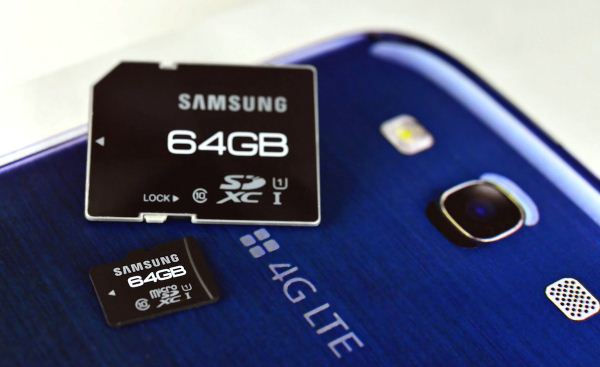



 Quote
Quote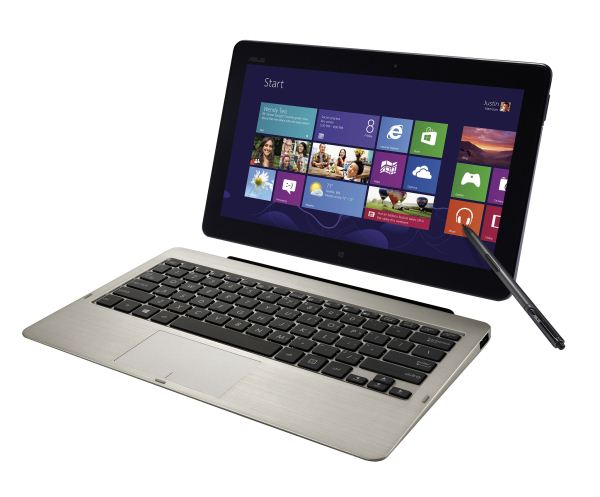

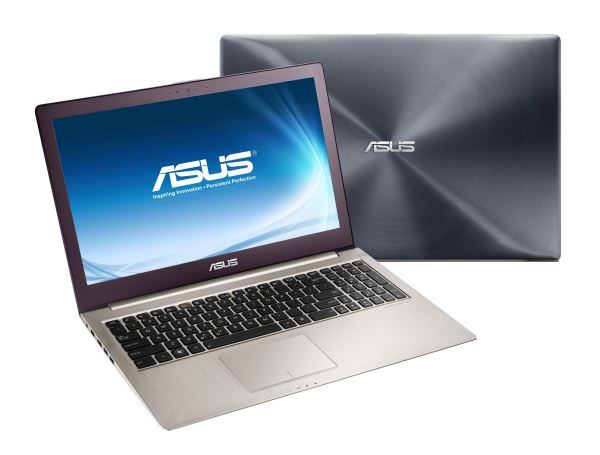


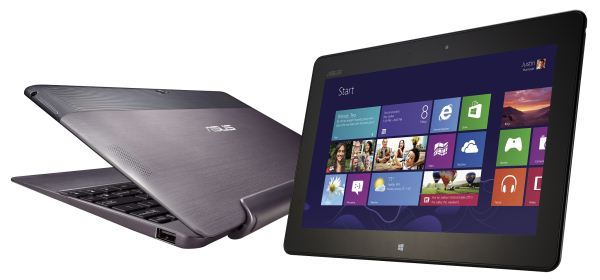
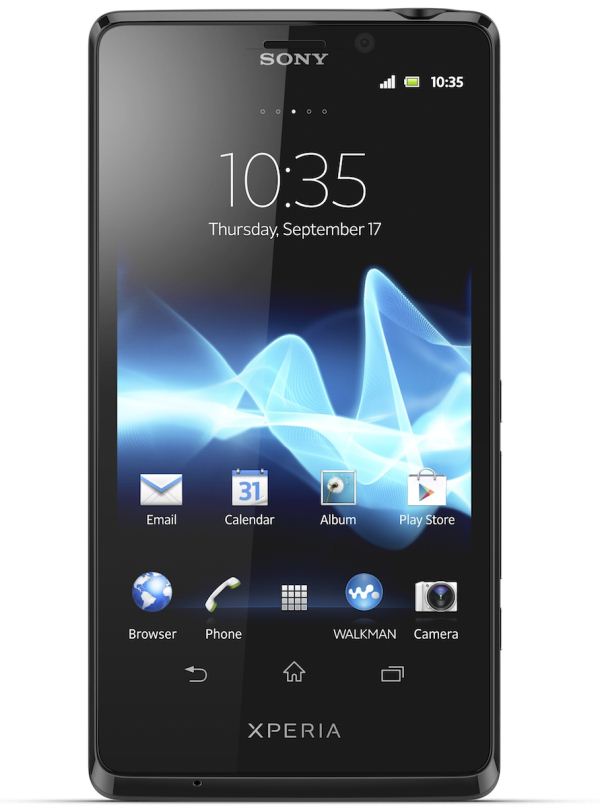


.jpg)
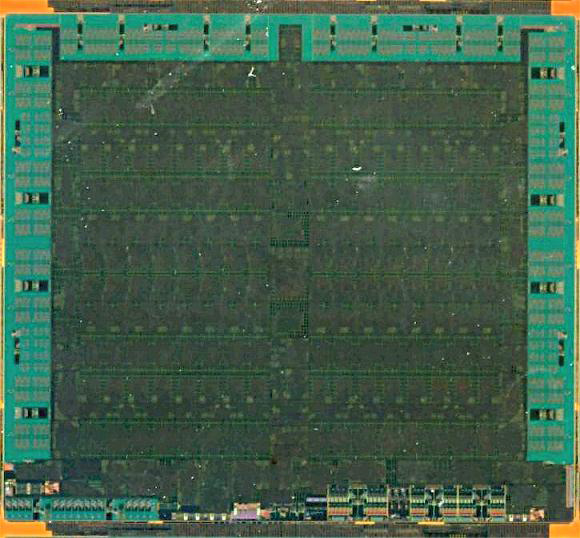
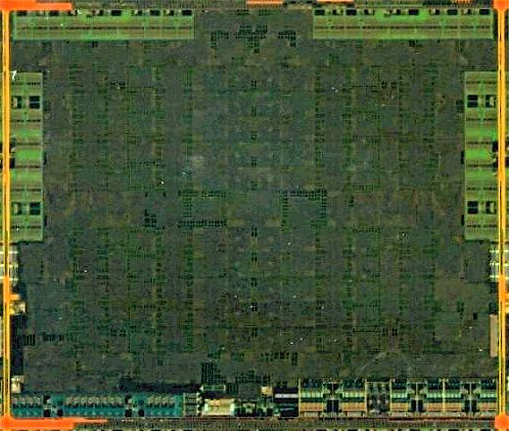
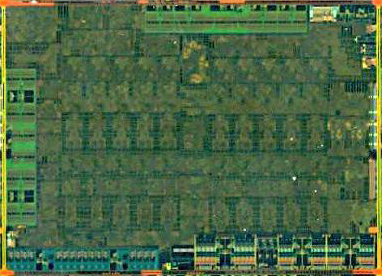
















Bookmarks